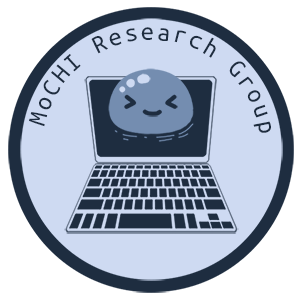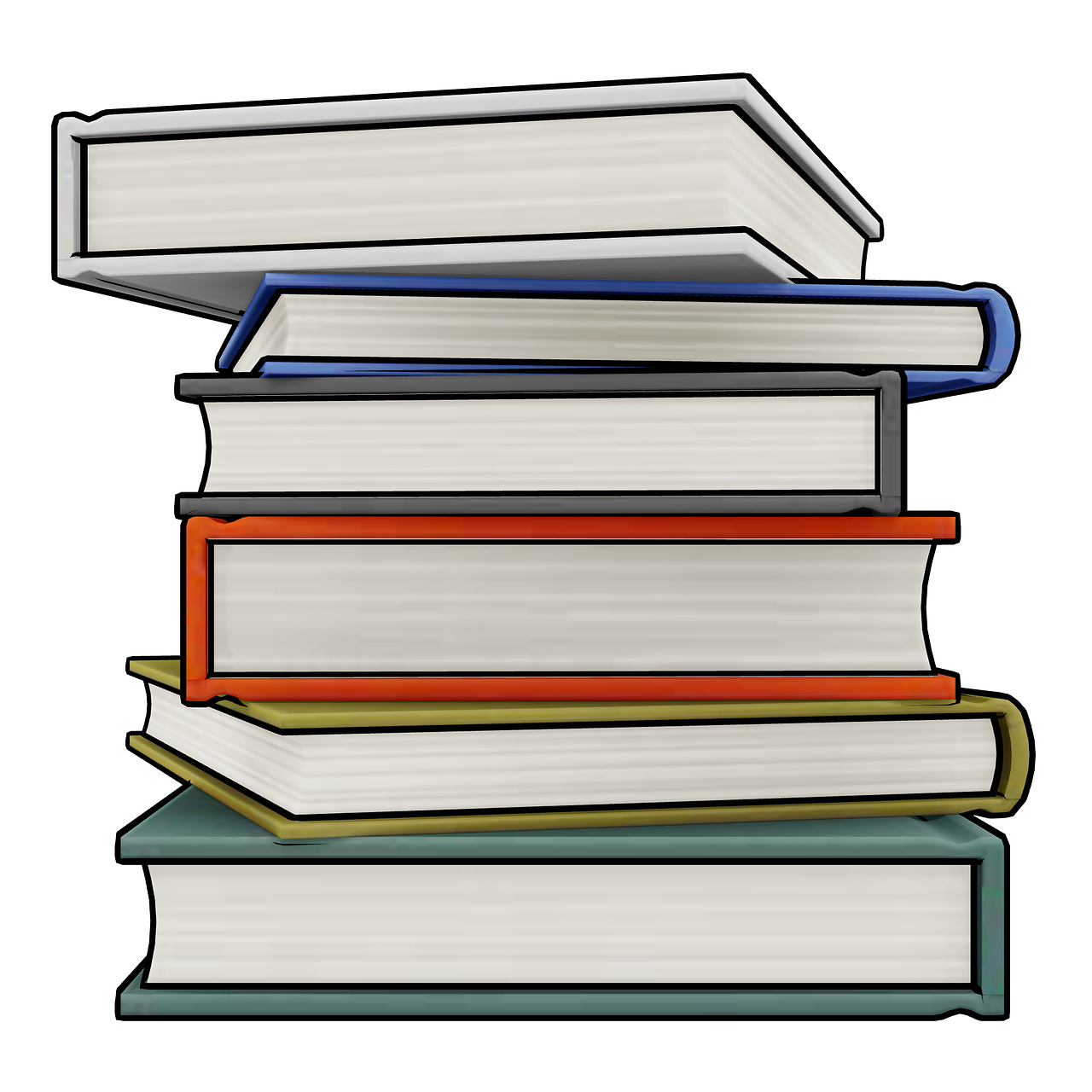There may be times when the researchers have little to no prior knowledge of the area they are investigating. In this case, the groundwork must be covered by reading scientific research articles that have already been written in the field. While researchers may be given a set of papers, to begin with, often it is possible to find more papers in the citations section. Research papers may range in length, so sifting through a large swath of literature requires an alternative approach to break down the paper into its most relevant parts. In general, the way people read novels for leisure is not the same way people read research papers.
Active Reading versus Passive Reading:
Passive reading involves absorbing text without any goals in mind. Passive reading may give the reader a general understanding of the material, but it becomes more difficult to critique the content [1]. This type of reading means every sentence is read, which is ineffective for research papers. In contrast, active reading allows the reader to become focused on the topic and pick up insights. Active reading also allows the reader to become critical of the author’s words or experimental design and form their own educated conclusions by comparing their own knowledge with the way the authors approached the research problem [1]. A key aspect of active reading is to keep questions in mind, which allows for the reader to scan the material and focus on specific moments in the text that are relevant to the reader [1].
Plans of Approach
One strategy is to consider a few targeted questions that relate to the research project. Some of these questions may include a brief overview of the paper as well as key findings or highlights. This process of questioning allows the reader to develop critical thinking skills. Depending on whether you are reading papers with another collaborator or not it is important to figure out a systematic approach to organize annotations. Oftentimes in research, the results of the most relevant papers read are presented in a literature review. By keeping in mind specific questions related to the research project, it may help in presenting what the gaps are in the current literature in order to form a new research question.
Another strategy is in addition to this phase of questioning, readers may also “predict figures to be compared with theirs” and compare their conclusions [1]. This strategy may come in handy in the results section. By reading in this way the text becomes interactive as opposed to predicting based on headings and subheadings [1].
Reading parts of the paper:[CE1]
There are a few different breakdowns on how to read papers based on specific needs. If the researcher is already familiar with the subject area, but are interested in past methodologies they may always skip the abstract and focus on the methodology and results section to determine whether the experiments were successful or to what extent other researchers have tested their hypothesis. If the researcher is not familiar with the subject area, they may be more interested in understanding the scope of the problem by reading several research papers.
In general, journals follow the “IMRD” structure of a paper, which means “Introduction, Methods, Results, and Discussions” following the abstract [3]. Other types of research papers may involve a few more sections including related work and a conclusion. At a first glance of the paper, the sections of the paper are clear with headings. This perspective will be from researchers with little to no experience in the research topic.
The abstract provides the highlights of the paper as well as a brief overview in order to catch the reader’s attention. Sometimes this portion of the paper is skipped if the reader has the knowledge of the area, and is more interested in the experiments or results. Abstracts are normally short in length, so a skill here involves scanning through it to understand what were the most important aspects of the topic to the authors [2]. Depending on the field that the scientific research paper is in, some abstracts may be structured and involve subheadings with brief overviews of all the sections, or it may be one paragraph long.
Introduction
The introduction provides an overview of the paper and the goal for the reader is to understand the research question and its importance [2]. If the reader had any questions after scanning the abstract they should continue reading to evaluate whether their questions were answered by learning more details about the topic. Since this section is longer than the abstract, it expands upon claims made in the abstract, which ultimately leads the authors to their specific research questions [3]. The reader may choose to scan the introduction for more information on a specific aspect of the abstract that caught their attention.
Related work
Depending on the type of research paper it may have a related work section, which presents a literature review of the current knowledge in the particular subject area. This section may be relevant to the reader by providing them with more resources to explore different areas that they may not have encountered before. If the reader is interested in understanding more about why the authors chose to focus on a particular topic, then it could be useful to understand the general layout of current literature and the gaps that exist.
Methods
This section of the paper sheds light on the research questions posed in the abstract or introduction by providing enough details of the experiment where it could be replicated by someone else [2]. As a reader, it is important in this stage to assess whether or not the methods proposed by the researchers were effective [2]. In the case that the methods are unfamiliar then it could be helpful to read relevant papers in the area to understand how other types of methods were used to form a clear conclusion. Since this part delves further into the details of the study it may also indicate to the reader whether a paper is relevant to their needs.
Results
Consider the thesis of the paper, and before looking at the results section, design a hypothetical experiment [1]. This design could include a sketch of a figure as well with details about the variables and control [1]. After reviewing the actual first figure in the paper, attempt to predict the second figure, then compare again [1]. After reading the data form conclusions about what the results mean concerning the research questions, and then compare with their conclusions [1]. The goal of this process is to develop a better understanding of the rationale behind the experiments, which allows the reader to determine whether or not the conclusions from the results section are consistent with the outcome of the experiment. In this section, there is no interpretation of the results, which comes later in the discussion section, but rather it presents data in various ways including figures, graphs, and tables [3].
Discussion
At this point, the authors confirm how and why their results support the conclusions [1]. As an active reader if their conclusions align with what was expected, then this section may be skimmed. This section also involves context into how their contributions relate to the current literature on the topic, and how their paper provides a unique perspective. This section could also be useful to new researchers in the area because this section also illustrates the limitations of the study or the next steps that the authors were not able to address in the study.
Conclusion
Depending on the length of the paper conclusion and discussion sections may be combined or separated in distinct paragraphs. Generally, limitations of the research are in the discussion section. While the discussion section interpreted the results from the research, the conclusion highlights any main results from the study [2]. This conclusion section also allows the author to note their learnings from the studies or experiments. Authors typically provide areas for further investigation or key questions that have not yet been addressed within the scope of the research.
Ultimately the skills learned in effectively reading research papers involve critical thinking and creating a plan of approach. It is important to question the information presented in the research papers, because readers may miss out on important details otherwise. Forming a plan of approach to reading the papers reinforces the idea of goal setting and there is a clear reason or outcome the reader expects after engaging with the literature. Once the reader has a focus on the details they plan to pay attention to, scanning the text for the details or answers to their questions becomes clear. These goals often shift depending on the role of the reader and their current knowledge in the subject area. By understanding the way research papers are structured, it becomes easier to write a research paper, which will be covered in another blog post.
Works Cited
[1] Sun, T., 2020. Active Versus Passive Reading: How To Read Scientific Papers?
National Science Review, Volume 7, Issue 9, Pages 1422–1427. <https://doi.org/10.1093/nsr/nwaa130> > [Accessed 17 November 2020].
[2] Durbin, C., 2020. How To Read A Scientific Research Paper. [online] American Association for Respiratory Care. Available at: <http://rc.rcjournal.com/content/54/10/1366> [Accessed 17 November 2020].
[3] Purugganan, Mary, and Jan Hewitt. 2004. How to Read a Scientific Article.
[4] Books,reading,reading book,read,study – free image from needpix.com. [Online]. Available: https://www.needpix.com/photo/606789/books-reading-reading-book-read-study-student-school-learning-literature. [Accessed: 18-Nov-2020].


